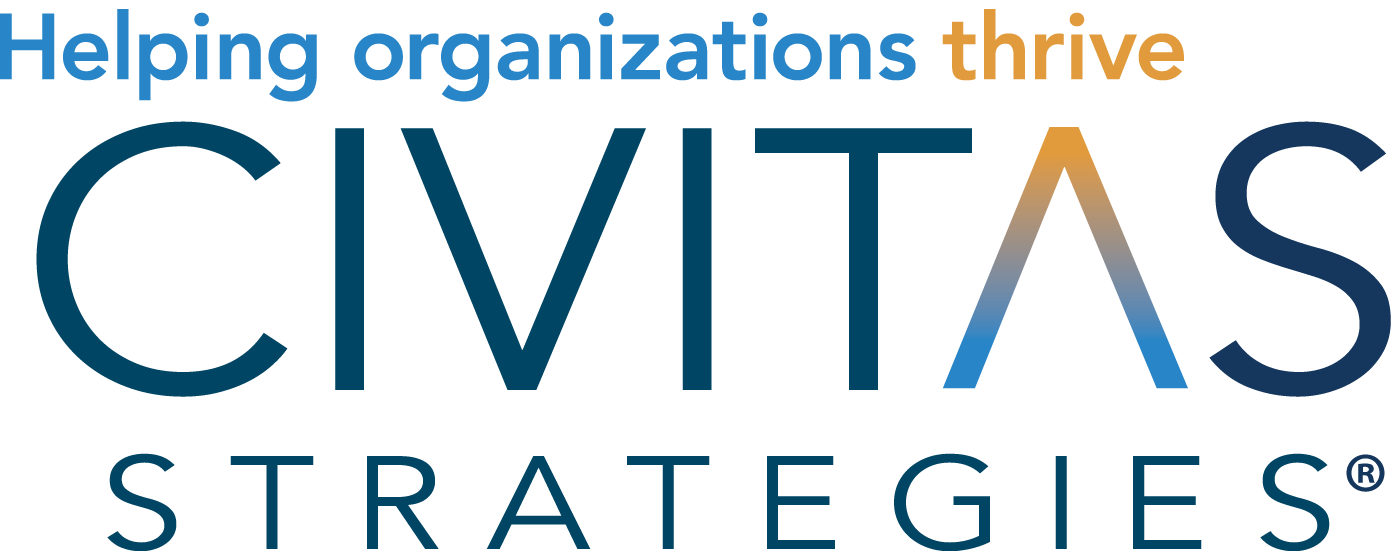Turn Paid Leave into a Tax Advantage: Understanding Section 45S
As a business owner, you're always looking for ways to reduce costs while keeping employees happy. The Section 45S tax credit offers exactly that opportunity by providing tax savings to employers who offer paid family and medical leave.
What is Section 45S?
Section 45S provides a tax credit of 12.5% to 25% of wages paid to qualifying employees on leave, depending on the amount of regular wages covered, for up to 12 weeks per taxable year. This credit directly reduces your tax liability, making it cheaper to offer this valuable benefit.
Why It Matters
Beyond the immediate tax savings, paid leave supports employees during life events and increases employee loyalty to their employer. It also helps with recruitment by showing your commitment to employee wellbeing.
Basic Requirements
To qualify, you need:
A written policy that provides at least two weeks of paid family and medical leave to full-time qualifying employees (prorated for part-time)
Pay at least 50% of the employee's regular wages during the leave
The policy must be available to all qualifying employees
What Leave Qualifies
The leave must be specifically designated for one of the FMLA purposes only, including birth and bonding, adoption/foster care, family caregiving, serious health conditions, or military-related leave. General paid vacation, personal leave, or sick leave does not qualify.
Example
José has an employee named Shaun who earns $1,000 per week. When Shaun takes 8 weeks of qualifying leave, José pays him 50% ($4,000 total) and receives a tax credit of $500 (12.5% of $4,000).
Getting Started
Small businesses can claim this credit - there is no minimum business size requirement. You'll need to establish a written policy, track qualified leave and wages, and then complete IRS Forms 8994 and 3800.
Section 45S offers a practical way to support your employees while reducing your tax burden. Consider whether this credit could benefit your business and workforce.
